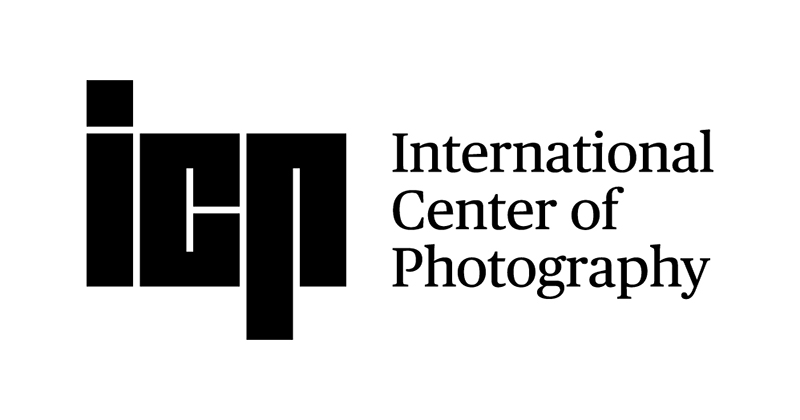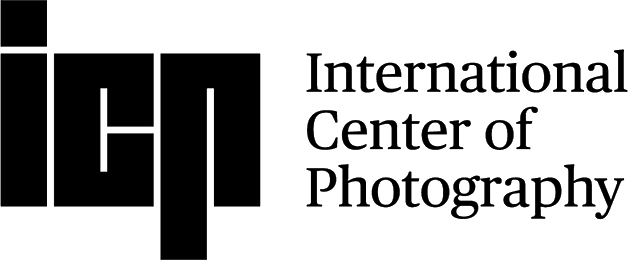Perhaps the last great body of work made by the photographer Weegee, and certainly one of his most intriguing, is the group of photographs he produced during the production of the movie Dr. Strangelove or: How I Learned to Stop Worrying and Love the Bomb in 1964, Stanley Kubrick’s nightmarish black comedy of Cold War paranoia and nuclear threat. ‘Weegee and Kubrick’ might seem an unlikely pairing but in many ways their collaboration was an inevitable and joyous outcome of their intertwined lives in photography and cinema.
The two men had crossed paths much earlier, in late 1940s New York. Weegee was still just about active in the city, while the precociously talented teenage Kubrick was devising and shooting ambitious photo stories, primarily for Look magazine. At that time, they both belonged – aesthetically and temperamentally, at least - to the common streets. Photography was prized for its immediacy and the possibility it offered to conjure striking and dramatic pictures from the tensions of the everyday. When Kubrick turned from photography to movie making, it was the low-life themes of film noir that first appealed to him. This was a genre that Weegee’s photography had already anticipated and in some instances, had influenced directly.
[...]
But what exactly did Kubrick want from Weegee? Nothing exact, it seems. Weegee was not required to be one of the official production photographers. He was free to shoot what he wanted, roaming the sets at Shepperton Studios in London, and on location. Kubrick loved the stark flash light in Weegee’s celebrated photographs and requested he shoot that way when possible. In other words, he wanted ‘Weegee’ photographs of this ‘Kubrick’ movie.
Weegee’s most striking photographs were made on the War Room set, where much of the drama of Dr. Strangelove takes place. Visionary production designer Ken Adam’s expressionist, windowless interior was all dark gloss surfaces and angled walls, with a huge circular table illuminated from above, like a poker room. Since there were no public images of the US government’s real Pentagon War Room, Ken Adam was free to imagine it (just as he imagined the unseen interior of Fort Knox for the James Bond Goldfinger, also released in 1964). Pre-eminently a photographer of the night, Weegee was perfectly at home in the darkened space. He could use his flash or the production’s bright lights to pick out his subjects just as he had done in the treacly midnights of 1930s and 40s New York. His portrait of Peter Bull, playing Russian Ambassador Alexi de Sadesky, looks as if it could have been taken in the crowd at a Manhattan theatre première.

Weegee, ‘Peter Bull as Russian Ambassador Alexi de Sadesky on the set of Dr. Strangelove or: How I Learned to Stop Worrying and Love the Bomb', 1963. © International Center of Photography, Bequest of Wilma Wilcox, 1993. ICP Accession No. 7553.1993
For Kubrick, Weegee and his work were an honest and important reminder that photography, whether still or moving, becomes stale and lifeless if it is denied the spontaneity that it is so well suited to capturing. Kubrick was at a place in his career where he was being granted complete control of his filmmaking, but he understood that a completely controlled film can be tedious both to make and to watch. While he was becoming known for his supreme mastery of framing, timing, camera movement, vantage point, cinematography and so forth, he knew that human behaviour, with its unpredictable beauty and wild energy, is vital. Kubrick always left plenty of space of improvisation and the unexpected. Think of Jack Nicholson’s volatile behaviour as the haunted writer Jack Torrance in The Shining 1980; or R. Lee Ermey as Gunnery Sergeant Hartman with his impromptu foul-mothed berating of the new army recruits in Full Metal Jacket 1987; or the sudden switches to a shaky handheld camera in the otherwise stately Barry Lyndon 1975. There are always moments in Kubrick’s films that feel like verité documentary, with the camera ready to record whatever happens. Sometimes what happened would prompt swift rewrites of the script and even changes in narrative direction. If an artist is not alive to chance, their art will die. Weegee’s best photography had always been reactive, capturing scenes and gestures over which he had little control. His only planning came from experience, and his uncanny ability to be ready when things suddenly got interesting. This is what Weegee embodied for Kubrick.

Unidentified Photographer, Weegee getting hit in the face with a cream pie on the set of Dr. Strangelove or: How I Learned to Stop Worrying and Love the Bomb, 1963. Collection International Center of Photography. Bequest of Wilma Wilcox, 1993. ICP Accession No. 7536.1993

Weegee, Cream pie fight in the War Room on the set of Dr. Strangelove or: How I Learned to Stop Worrying and Love the Bomb, 1963 © International Center of Photography. Bequest of Wilma Wilcox, 1993. ICP Accession No. 7520.1993

Unidentified Photographer, Weegee and Peter Sellers after the famous pie scene on the set of Dr. Strangelove or: How I Learned to Stop Worrying and Love the Bomb, 1963. Bequest of Wilma Wilcox, 1993. ICP Accession No. 2216.1993
The most important photographs Weegee made on set are of Dr. Strangelove’s most spontaneous scene. Kubrick had intended his film to end with an epic custard pie fight in the War Room. As tensions increase, the imminent and terrifying threat of planetary nuclear annihilation panics the politicians and military men into childish antics. The fight is not with the Russian ambassador, who sneakily tries to photograph the US plans on the War Room’s huge screens, but between the different branches of the American military. Army, Navy, Marine and Air Force.
With over three thousand custard pies, it was a spectacular eleven-minute sequence. Trashing the pristine War Room set, it could be performed only once, without clean-ups. The white of the pies splatters over the men’s dark suits and the slick black interior, until everyone and the whole floor is all but covered in the sticky mess. Characters go wild, climbing on the furniture and swinging from the lights. The circular table is piled up with pie cream. Dr. Strangelove pulls out a pistol and gestures to shoot himself but fires it in the air. The gunshot brings the room to a silent tableau… “Ve must stop zis childish game! Zere is werk to do!” he shouts. Sitting on the floor, men begin to mound up the cream like sandcastles. Strangelove declares: “I zink zeir minds must have snapped from ze strain.”
The movie was edited in November 1963, around the time President Kennedy was assassinated. When Peter Sellers’s President receives a pie full in the face, a character shouts: “The President has been struck down in his prime!” The line was too close to reality. Kubrick also felt the tone of the actors had been overly comic. Many were in fact smiling and laughing in the fun of it all. The whole scene was cut from the final film. Instead, Dr. Stangelove concludes with the equally iconic shot of the actor Slim Pickens hollering while riding a nuclear warhead like a rodeo cowboy as it is dropped from a military airplane, followed by a war room conversation about post-nuclear survival. It then cuts to archive footage of atomic bomb explosions. The custard pie scene does exist, but it has been screened in public just once, at the British Film Institute in London during a posthumous Kubrick retrospective. While it might be disappointing that the scene did not make it into the film, this has made Weegee’s photographs all the more compelling and significant.
Fulfilling his contract, Weegee delivered around one hundred prints, which are now in the Stanley Kubrick Archive in London.[iv] A further seventy-one prints that he made for himself are part of the substantial Weegee Archive in the collection of the International Center of Photography, New York. Although these images are valuable documents of the genesis of Kubrick’s film, they are also supremely ‘Weegee’ photographs, full of crazy incident, unexpected tenderness, black humour and strange beauty.
David Campany is ICP's Creative Director. Among his publications are the books Photography and Cinema (Reaktion Books 2008),The Still Point of the Turning world: between Film and Photography (Kehrer / FoMu Antwerp 2017), and the edited anthology The Cinematic (MIT Press / Whitechapel Gallery 2007).
The full version of David's essay 'Weegee and Kubrick' appears in the book accompanying the ICP exhibition Weegee: Society of the Spectacle, published by Thames & Hudson 2024
[i] Stanley Kubrick, ‘Prizefighter’ Look magazine, January 18, 1949.
[ii] Peter Sellers, The Steve Allen Show, Los Angeles, April 1964 (week unknown). www.youtube.com/watch?v=0yWn_8SUWtg. Accessed July 20, 2023.
[iii] ‘Conversation between Weegee and Peter Sellers on the Set of Dr. Strangelove’, excerpt from BBC recording at Shepperton Studios, England, Spring 1963, as published in John O’Brian, ed., Strangelove’s Weegee (exhibition catalogue), Presentation House Gallery, Vancouver, Canada, 2013
[iv] Stanley Kubrick Archive, University Archives and Special Collections Centre, University of the Arts, London, SK/11/10/1/5, Box 9.



